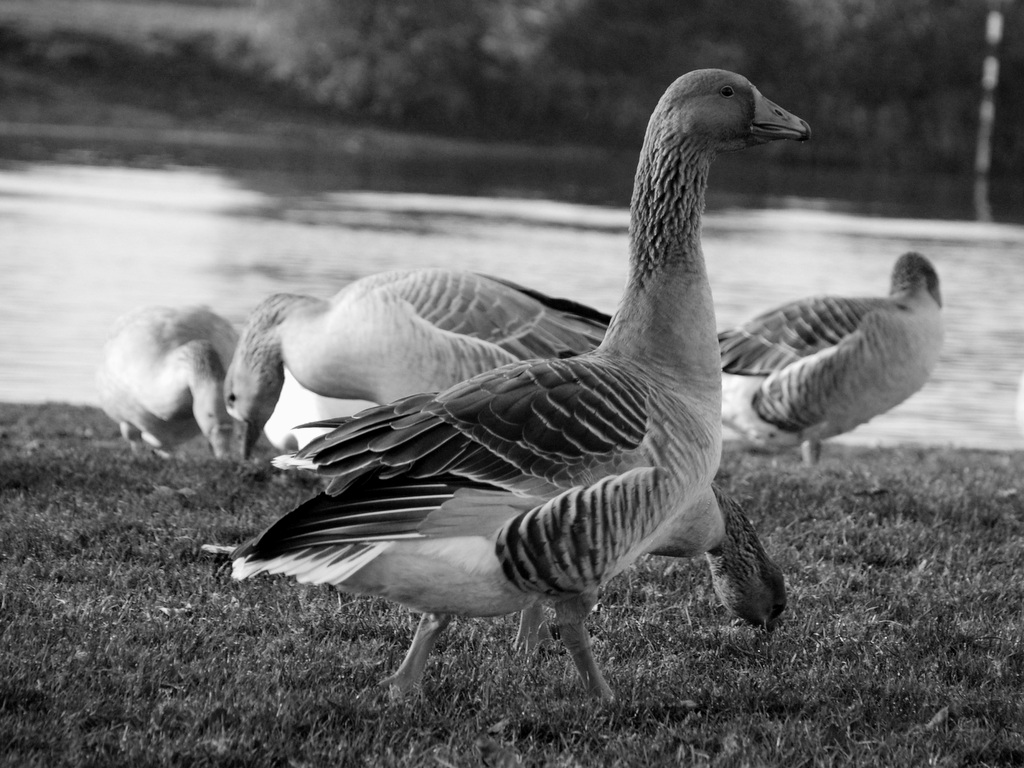Press the right key for the next slide (or swipe left)
also ...
Press the left key to go backwards (or swipe right)
Press n to toggle whether notes are shown (no equivalent if you don't have a keyboard)
Press m or double tap to see a menu of slides
Objects vs Features
The question for this lecture concerns knowledge of physical objects.
We'll examine how three requirements on having knowledge of physical objects are met.
(And I'll drop the 'physical' qualifier since this is all about physical objects as opposed to, say, abstract objects like numbers or forms.)
knowledge of physical objects
Knowledge of objects depends on abilities to (i) segment objects, (ii) represent them as persisting and (iii) track their interactions.
Let's look at each of these in turn.
Three requirements
- segment objects
- represent objects as persisting (‘permanence’)
- track objects’ interactions
How do infants and adults discern where one object begins and another ends?

The way objects are ordinarily arranged in space, so that one occludes parts of another, prevents us from doing this in any simple way.

Imagine a world of moving features. In this world there is no principled way of saying where one object ends and another begins.
Features differ from genuine objects in not allowing us to make sense of the question of whether we are carving them at their joints.

When Hannah hides behind the logs and a girl later pops up, we can ask whether it is Hannah again or another girl.
That is, we know that objects can persist despite disappering from view---and despite becoming entirely imperceptible.

Contrast features again. You might see this red feature moving across the scene. But suppose it disappears and then, later a similar looking feature appears. There is no fact of the matter about whether this is the same feature or a different one.
So in the case of features we can't make sense of them as persisting over time, or as there being interruptions in their presence.

Objects causally interact with each other; one pan supports another, two people collide and bounce off each other.

Again, we can contrast features. These do not causally interact with each other.
Relatedly, they do not have counterfactual lives either.
You might say, if that barrier had not been there, the car would be at the bottom of the valley now.
But you can't say how things might have been with features: they are counterfactually and causally inert.
I've been contrasting knowledge of objects with knowledge of features.
Having knowledge of objects, unlike knowledge of features, requires abilities to segment objects, to represent them as persisting, and to track at least some of their interactions.
Imagine there was a time you lived in a world of features. In your world there was only features, no objects.
So nothing persisted and there were no causal interactions.
It would be fabulous to be able to explain how you could make the transition from inhabiting this feature world to living in a world of objects.
But that's not a project I want to pursue today, although some of what we're going to do bears on this project.
Why not? Partly because it would be too hard. And partly because it's unclear whether there is any point in their cognitive development where humans inhabit a world only of features.
So what is the question? ...
not the question
The question for this lecture is, How do humans come to meet the three requirements on knowledge of objects?
(So we're not trying to explain how humans come to know things about objects and their interactions; we're only trying to explain how they come to meet some requirements on knowing such things.)
the question